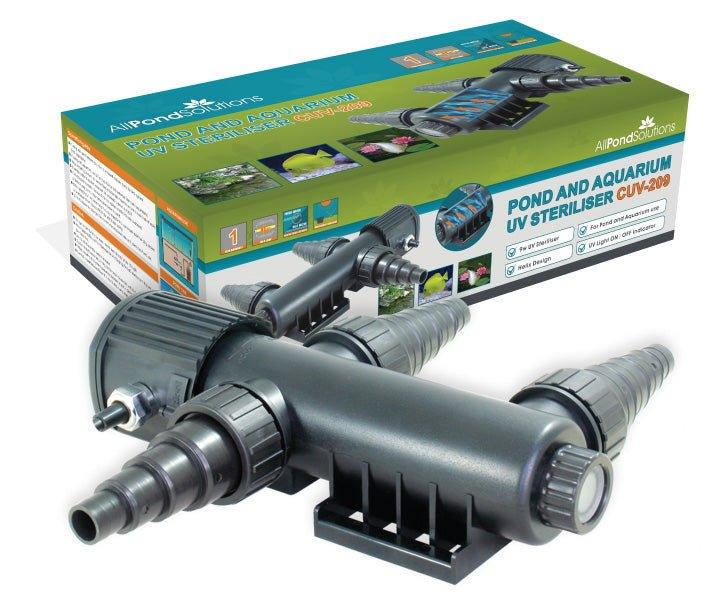Scientific Name: Acantopsis dialuzona
Please note – The image used above is for illustration purposes only; Size, colour and sex may vary. Many of our livestock species are sold as juveniles and have not yet reached their full size and colour potential. If you have any concerns about the size or colour of the livestock you wish to order, please contact our livestock team via our support centre before placing your order. Due to the large quantities of livestock orders daily, the livestock team will are unable to select fish / shrimp to meet specific gender or aesthetic needs.
Approximate purchase size : 4 - 5cm
All Pond Solutions will always endeavour to supply as close to the approximate size range as possible. Due to variations from suppliers on rare occasions this may not always be possible. Images used are to show the full potential of the fish when fully mature and are not always representative of juvenile specimens.
How easy are they to care for?
We would class these as an easy level of care
How large can they grow?
It may vary but some can grow up to 20cm; females tend to grow larger than males.
Where in the world are they from?
Found in North-Eastern Thailand
What is the ideal number to keep together?
We recommend either keeping one individual Horse Face loach or a group of 6 or more. This species exists in loose aggregations in nature.
What water conditions do they require?
This species of loach will be happiest in water between 16 – 24°C with pH range of 6.0 – 8.0
What should you feed them?
Feed this species a mix of sinking pellets and frozen foods such as Daphnia, bloodworm, Artemia, etc.
How compatible are they with other fish?
This species will live happily amongst upper aquarium dwellers such as Rasbora, Devario, Laubuca, etc. Other sand-dwelling loaches can also be suitable tankmates but research should be carried out before purchase; some can be very territorial or aggressive.






